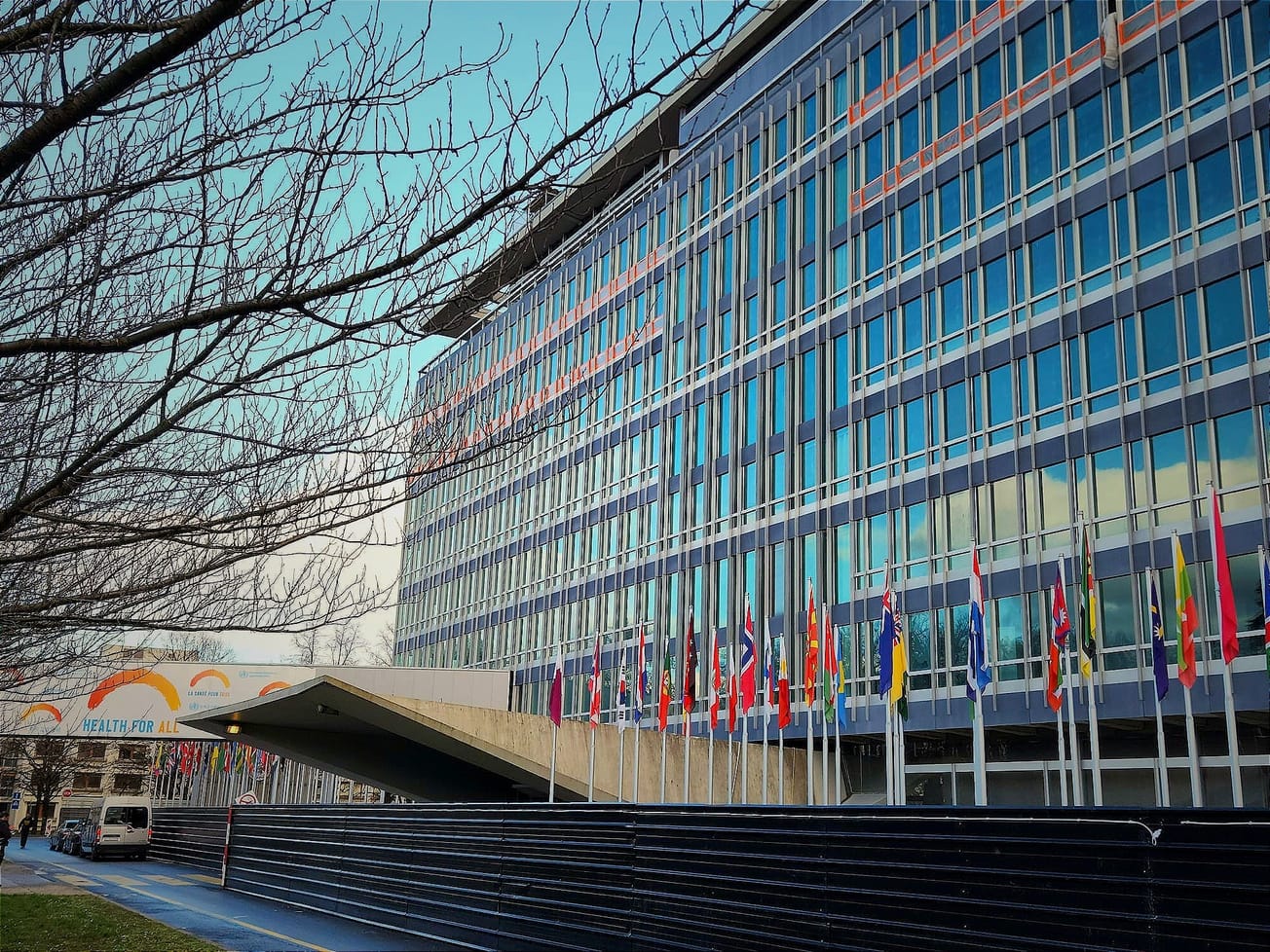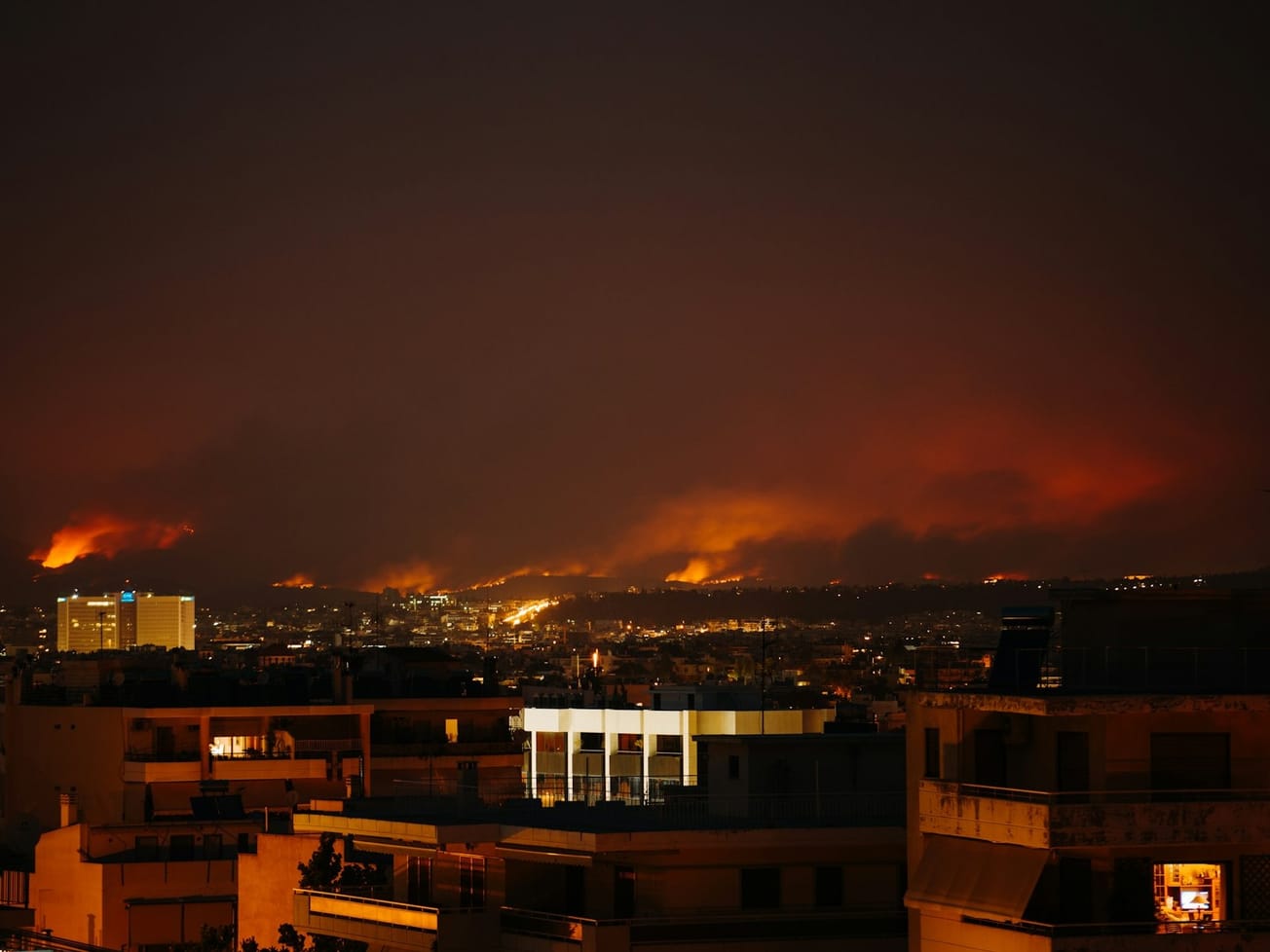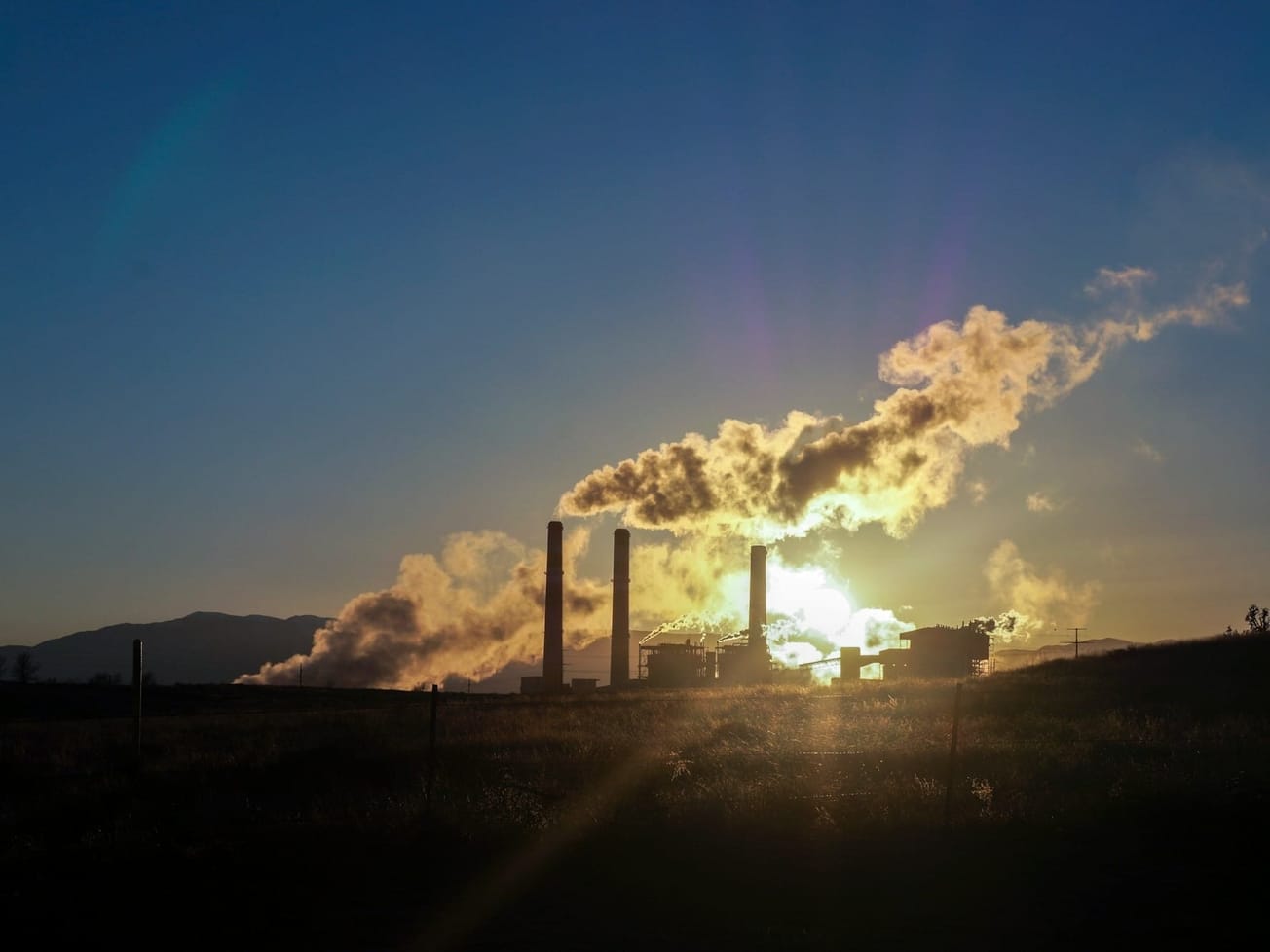GENEVA (AN) — A key threshold of the 2015 Paris Agreement that has for years been considered something of a “safe” temperature guardrail against the worst effects of global warming could be reached within five years, the World Meteorological Organization warned on Thursday.
The U.N. weather agency released new climate predictions that show there is about a 20% chance that during one of the next five years the world will have warmed by at least 1.5° Celsius above pre-industrial levels.
Until a decade ago, international negotiators sought to limit warming mainly due to carbon emissions from fossil fuel burning to 2° above pre-industrial times.
That changed in the landmark Paris treaty, which committed the world to holding the average temperature increase to well below 2° above pre-industrial levels, and to pursuing efforts to preferably limit it to 1.5° in an effort to avoid the worst effects of the planet's overheating.
WMO said its forecasts now indicate the annual global temperature is likely to be at least 1 degree C. warmer than pre-industrial levels — the 1850 to 1900 average — in each of the coming five years and is very likely to be within a range of 0.91° to 1.59°.
In addition, it said there is a 70% chance that one or more months during the next five years will be at least 1.5° warmer than pre-industrial levels. WMO Secretary-General Petteri Taalas said the new climate predictions show the enormous challenge ahead in meeting the Paris Agreement.
“WMO has repeatedly stressed that the industrial and economic slowdown from COVID-19 is not a substitute for sustained and coordinated climate action," Taalas, a Finnish meteorologist, said in a statement.
A temporary respite
Global carbon emissions are on track to decline by almost 8% this year from the COVID-19 pandemic causing the biggest downturn in energy use since World War II, the International Energy Agency said in late April.
But a report from WMO in March on Earth's increasing land and ocean heat, accelerating sea level rise and melting ice confirmed that 2019 ended with a global average temperature that was 1.1° above estimated pre-industrial levels, second only to the record set in 2016 when a strong El Niño event contributed to an increased global mean temperature atop the overall warming trend.
"Due to the very long lifetime of CO2 in the atmosphere," said Taalas, "the impact of the drop in emissions this year is not expected to lead to a reduction of CO2 atmospheric concentrations which are driving global temperature increases."
Last year's climate summit to ensure the world meets its Paris treaty targets ended in December without resolving a key issue of how to put a price on carbon emissions and only partial agreement from almost 200 nations for more ambition in cutting greenhouse gases.
The marathon session became the longest-running Conference of Parties to the U.N. Framework Convention on Climate Change, or UNFCCC, which serves as the platform for the summits. Nations agreed to little more than another declaration that calls for commitments to cut more heat-trapping gases and to designate money for small islands and other countries vulnerable to climate change.
The U.N.'s next annual climate summit planned for November will be postponed for a year due to the coronavirus pandemic, the two co-hosts, Britain and Italy, and the world body announced in late May.








